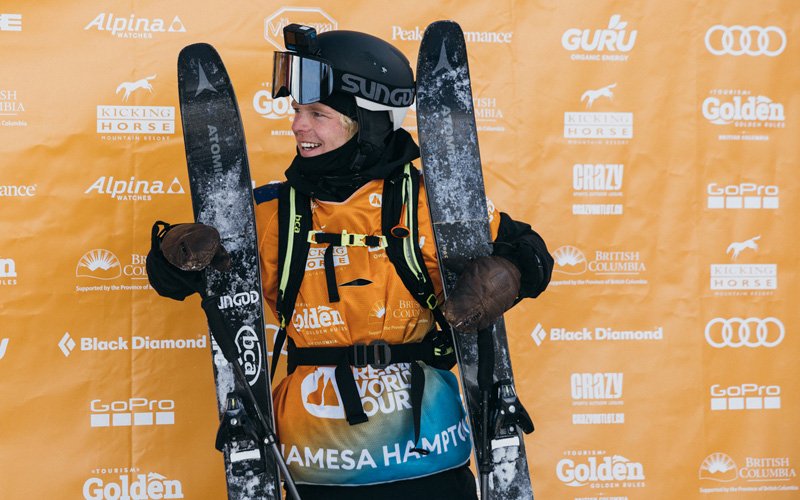18 Sep 2022
After finishing his studies Julian Hampton secured a summer internship at Beca. This led to a graduate position the following year, working in the Christchurch infrastructure team. He then relocated to Queenstown, where he’s been working on the Lakeview/Taumata residential and retail development through the final design and construction stages. He’s a member of Te Ao Rangahau’s Queenstown Branch. Outside of work, you’re likely to find this avid skier on a mountain, somewhere in the world.
When did you first get involved with skiing?
I learned to ski on the eclectic Canterbury club fields at the age of four. I was the youngest of three boys, so I just did what I had to in order to keep up.
When did you start competing?
I started competing when I was in high school. There were no junior events back then, so we had to compete against the adults. I crashed and burned at almost every event but put it all down to character building.
What’s your favourite ski field?
Mt Olympus and Temple Basin are not only my favourite places to ski in New Zealand, but in the whole world. They’re unique and are run solely for the purpose of having a good time. Because they’re run by clubs, nobody is trying to fill their pockets, which means that any money made is used to improve the mountain.
Where has skiing taken you?
My skiing has taken me to all sorts of interesting places around the world, but I think skiing in Slovakia was up there. Funny thing was, I ran into another Kiwi there who I had never met before and it turned out he was also an engineer working for Beca.
You’re recently back from Europe where you competed in the Freeride World Tour skiing series, what does a competition involve?
To put it simply, you’re given a start point and a finish point on a mountain face. You can ski wherever you choose and all you have to do is impress the judges on the way down by showing off speed, jumps and tricks.
What’s the selection process?
It’s a pretty long process to secure a spot on the Freeride World Tour. You need to start in smaller local competitions to get points and work your way up the ladder. If you keep doing well, you’ll eventually reach the Freeride World Qualifier finals, where they take the top three riders from Europe/Oceania and the top three from North/South America.
Where were the events held and how did you go?
The five stops this season were Spain, Andorra, Canada, Austria and Switzerland. I made the finals and secured my spot for next year, but unfortunately had to pull out of the final event due to a knee injury. I finished the circuit in 11th place, with my best result a 6th in Andorra.
Why did you choose engineering as a career?
Experiencing the Christchurch earthquakes meant I was surrounded by all sorts of engineering problems throughout my high school years. I think it was ultimately my curiosity into how you could possibly repair an entire city that led me into my engineering career.
Does being an engineer bring any advantages to the way you approach skiing and/or competing?
Engineers are typically pretty logical people. Breaking down problems and trying to construct a skiing run piece-by-piece is something that I’m sure has been adopted from my engineering brain.
How do you juggle your skiing training and competitions with work?
It can be tough at times, but I’ve found that people have a lot of interest in this sport and are happy to support me to juggle this with my career. Being based in Queenstown, I have been spotted up the mountain some mornings and am grateful to work for a company that allows this.
Tell us something about your involvement with skiing that might surprise people.
It turns out that British adventurer Bear Grylls is a big fan of the Freeride World Tour. Some friends and I have ended up skiing with him a lot while overseas and even provided some coaching for his kids who are just starting to compete.
What’s next for you?
I’m planning on heading back to Europe in January 2023 for another season on the Freeride World Tour. Until then, I’ll be working for the Kā Huanui a Tāhuna alliance to help upgrade Queenstown’s transport and infrastructure networks.






